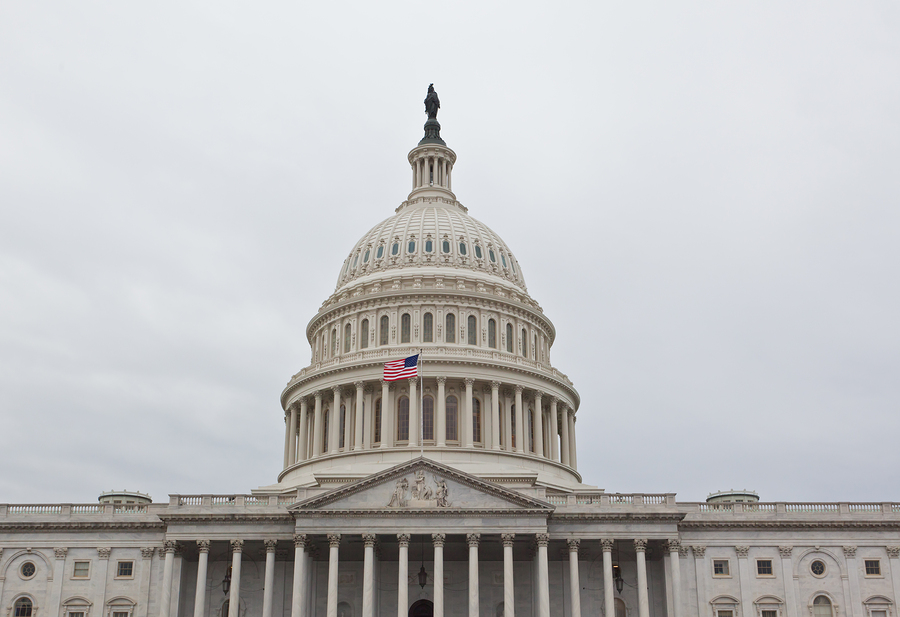While many lauded ESSA for providing more flexibility to state and local educators, many state officials, advocacy groups, and education experts have expressed concern over proposed ESSA regulations issued in May 2016. Their chief concerns pertain to how the regulations overstep the language of the original statute.
Some of the most common objections to the DOE’s regulations are:
• The proposed timeline for implementation is unreasonable. Senator John Tester (MT), MaryEllen Elia on behalf of New York State’s Education Department, and Senator Patty Murray (WA) jointly with Representative Robert C. Scott (VA) sent letters to Secretary King criticizing the brevity of the proposed timeline. The regulations require that states design their new accountability systems to identify underperforming districts by the 2017-2018 school year. Many object to the current timeline, fearing that it will not allow a diverse set of stakeholders—parents, teachers, and state agency members—to provide input on the design of a new accountability system.
• The proposed guidelines for identification do not embody the multi-measure system established by the ESSA statute. ESSA requires states to identify schools that underperform using the information provided by all indicators. But the draft regulations would allow states to make decisions about whether a subgroup is ‘consistently underperforming’ based on only a few indicators. Murray and Scott urge King to set high standards for subgroups by holding them accountable for all the indicators in their accountability systems.
• States should not have to measure academic achievement in terms of proficiency. Morgan Polikoff, an Associate Professor of Education at USC’s Rossier School of Education, wrote a letter to Secretary King, co-signed by cast of notable experts criticizing the regulations’ overreliance on measuring proficiency. Among a slew of reasons given for moving past proficiency, Polikoff notes that when states use percent proficient in their accountability formulas, they dis-incentivize the improvement of all students by encouraging schools to narrowly focus on students around the cut-off score.
• The inclusion of summative scores. Some states, including New York and Vermont, have criticized the regulations’ prescription of summative scores. The Vermont State Department believes a score comprised of a variety of indicators would be “an invalid measure with a false precision claiming to be transparent.” Furthermore, it would disadvantage high-poverty districts through a focus on testing, a proxy for socioeconomic status, due to the large weight accorded to standardized test results. The New York Department of Education does not object to the lack of transparency a summative score would provide, but rather to how the regulations overstep the original statute by requiring the use of summative scores. The Leadership Conference on Civil and Human Rights, a coalition of 31 organizations, expresses the opposite sentiment: it believes states should report summative scores in order to improve transparency. It reasons that because summative scores are not mutually exclusive with dashboards, reporting a summative score would only serve to supplement the information presented in dashboards while providing stakeholders with increased transparency.
• The upper limit N-size for subgroups is too large. Pointing to evidence that suggests N-sizes as small as 5 or 10 demonstrate statistical reliability, the Leadership Conference on Civil and Human Rights argues that the upper limit N-size of 30 should be lowered to 10. Using a large N-size can exempt schools from accounting for the performance of smaller subgroups, preventing these subgroups from receiving necessary supports.
• LEA funding should be flexible. The proposed regulations direct at least $500,000 to schools identified for comprehensive support and at least $50,000 to schools identified for targeted support. Elia, on behalf of the New York State Board of Education, argues that these allowances are too inflexible; they do not allow stakeholders to determine how much each school should receive. As a result, many schools that could benefit from funding will be denied funds, while a few schools will receive superfluous sums of money.
• The 95% participation rate. New York also objects to regulations prescribing that action must be taken against schools with test participation rates of lower than 95%; it argues that states should maintain the discretion to utilize participation rate data in whether or not a school should be subject to intervention. Murray and Scott applaud the flexibility given to states in choosing what kind of action to take, taking no issue with the 95% participation litmus test required by the regulations. The Leadership Conference on Civil and Human Rights coalition stresses how the 95% participation rate ensures support for all students – including those who have been historically marginalized.
